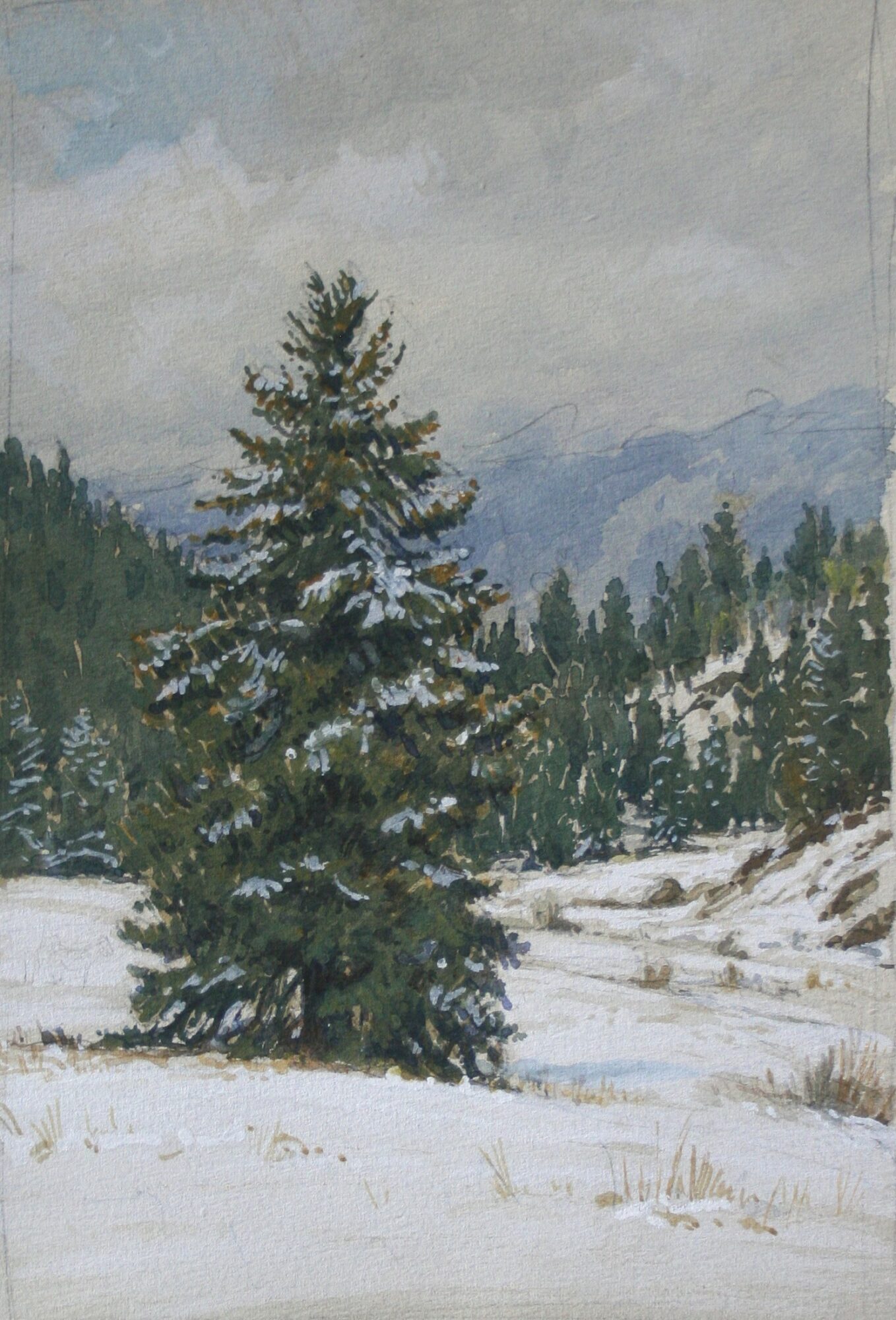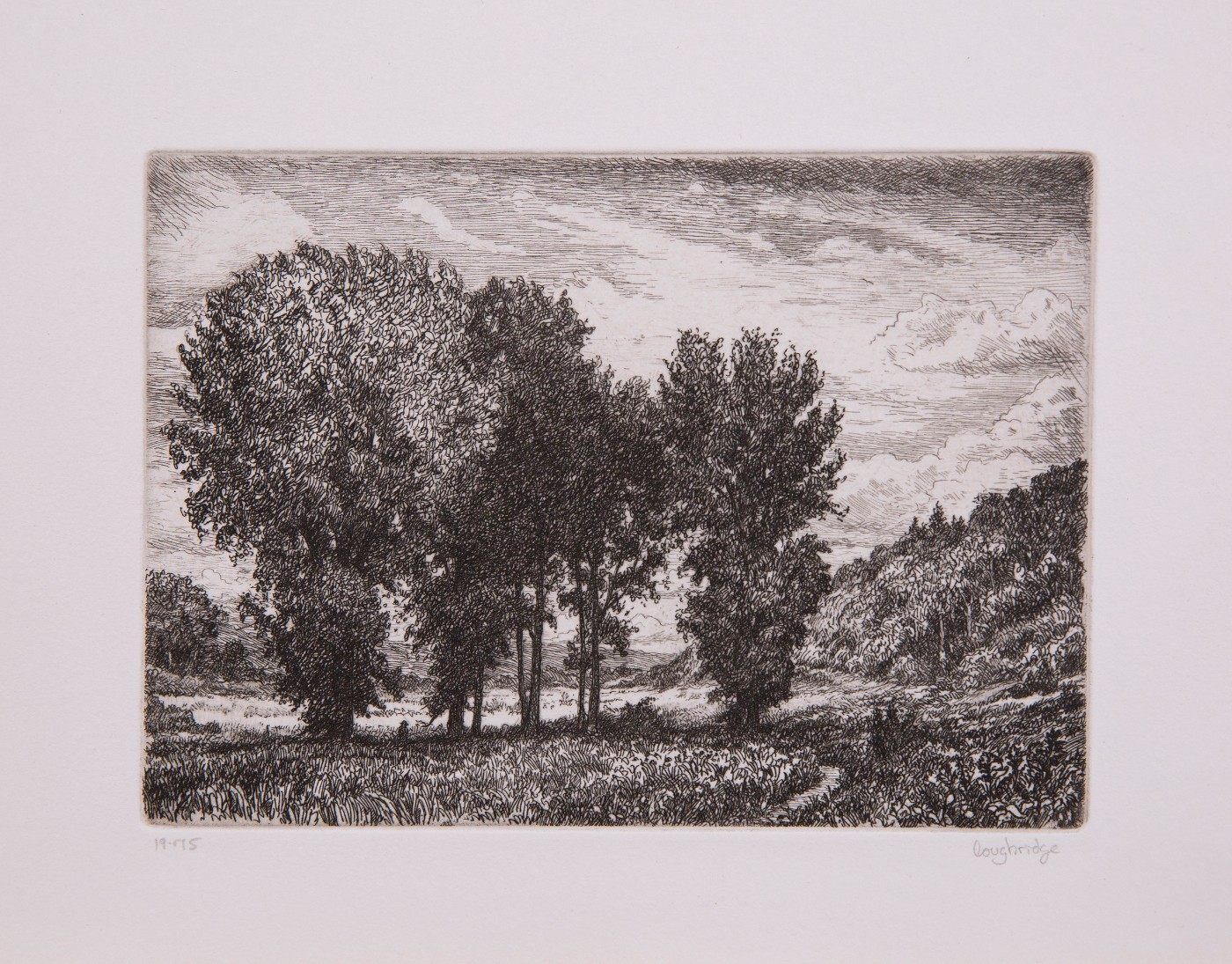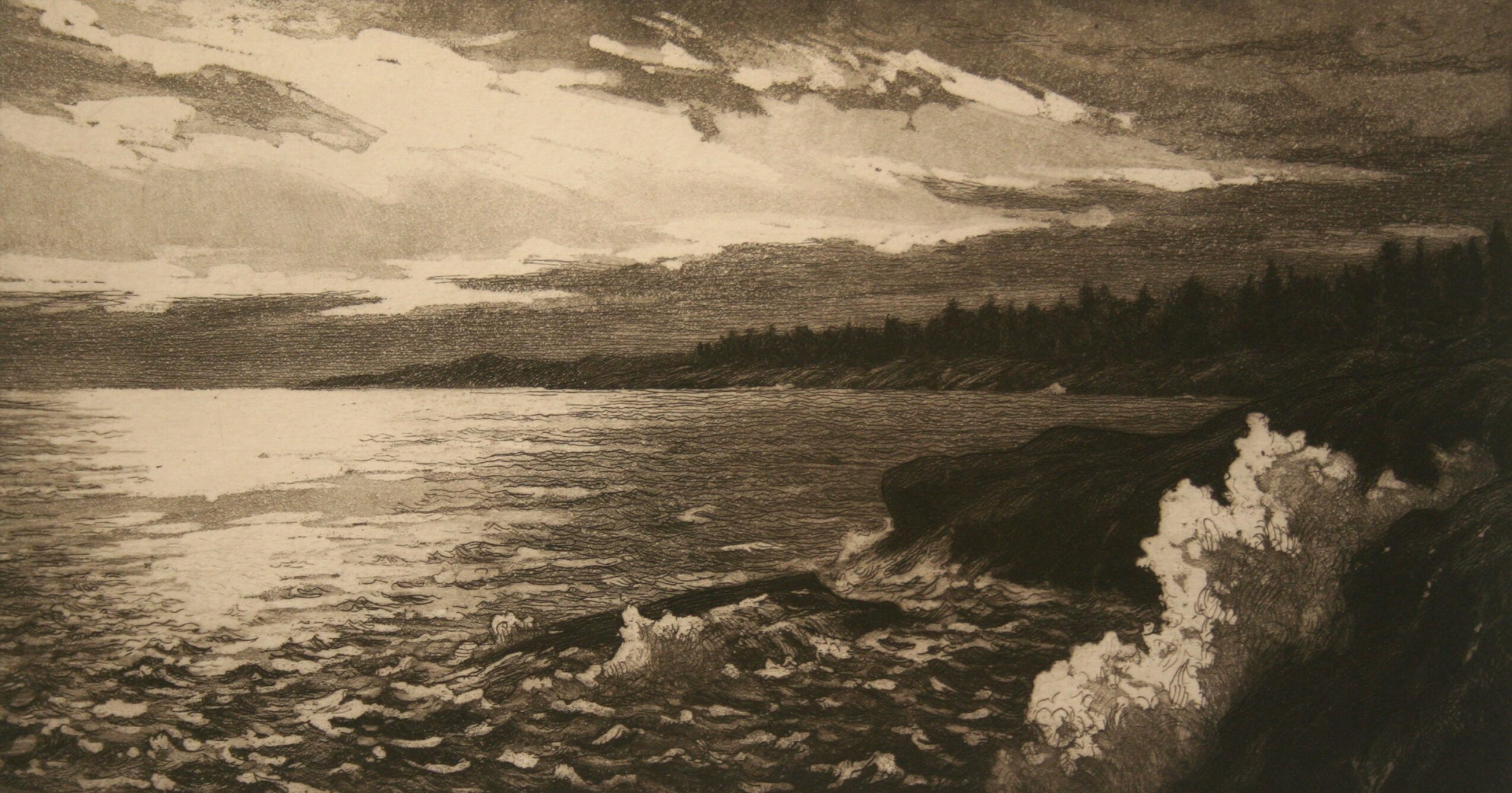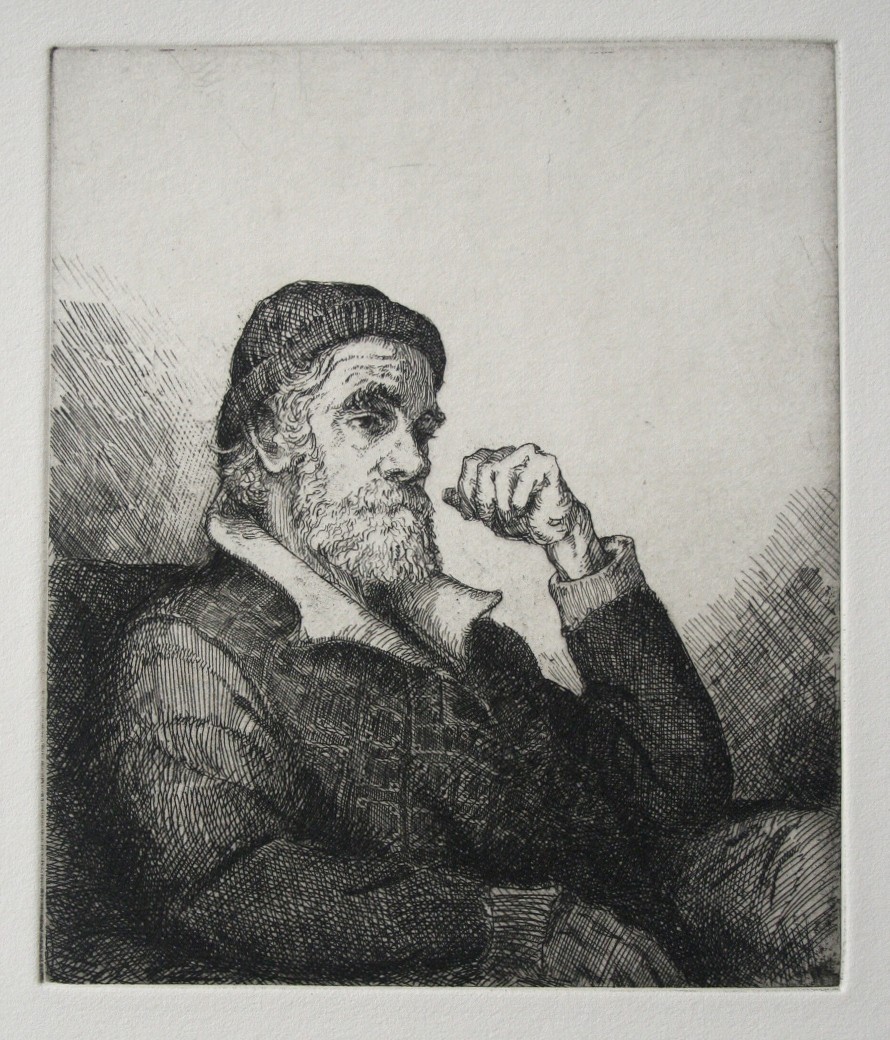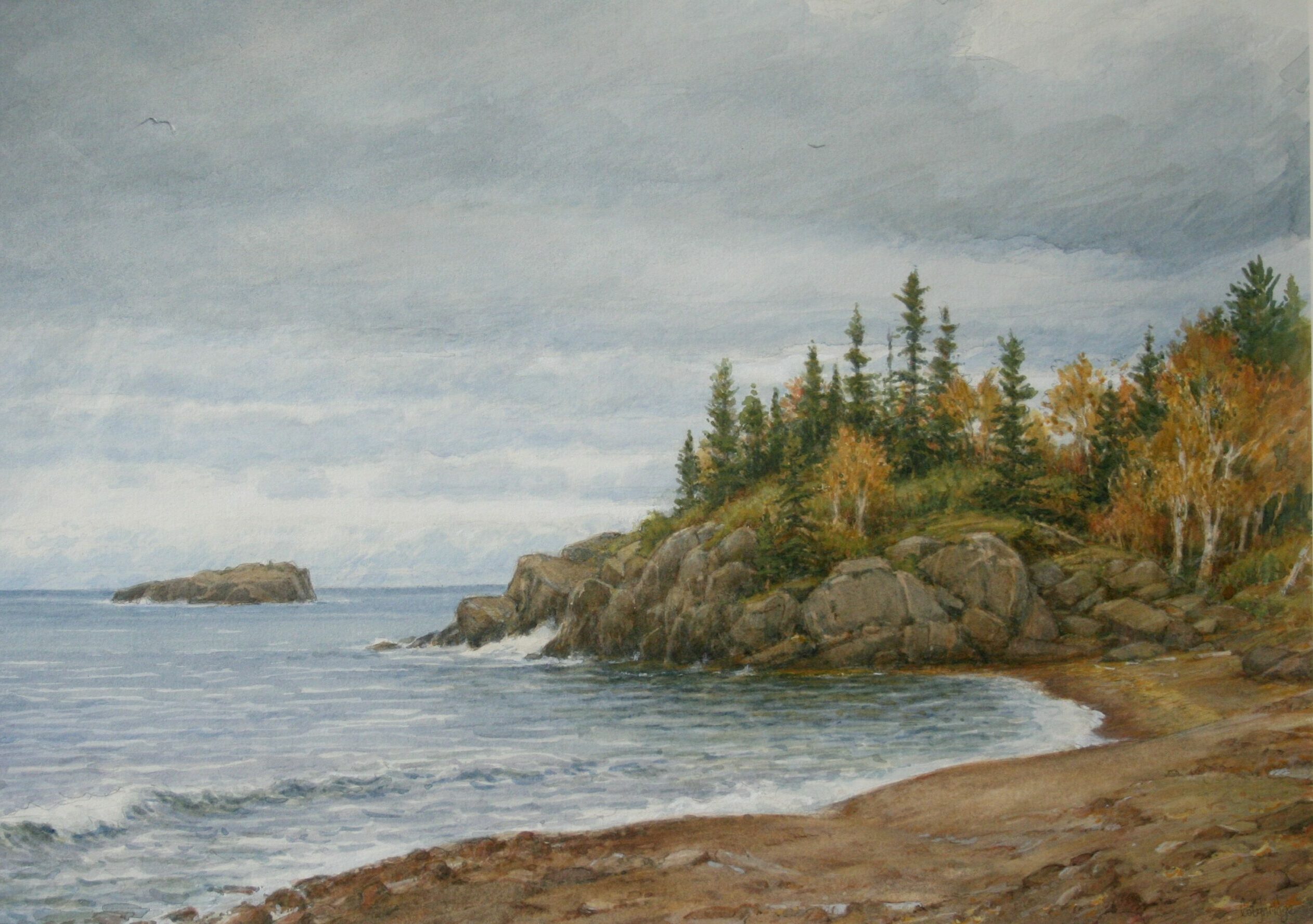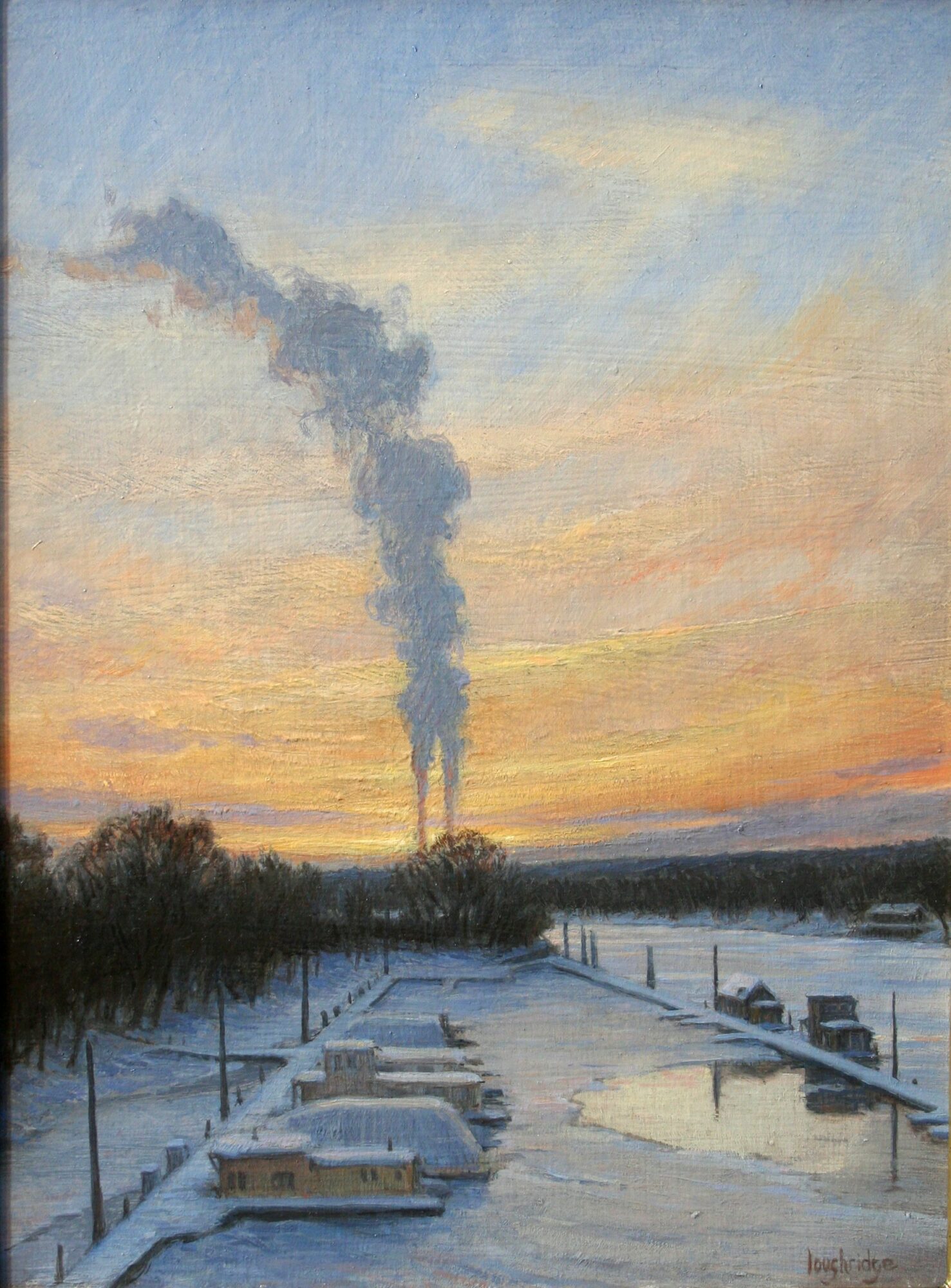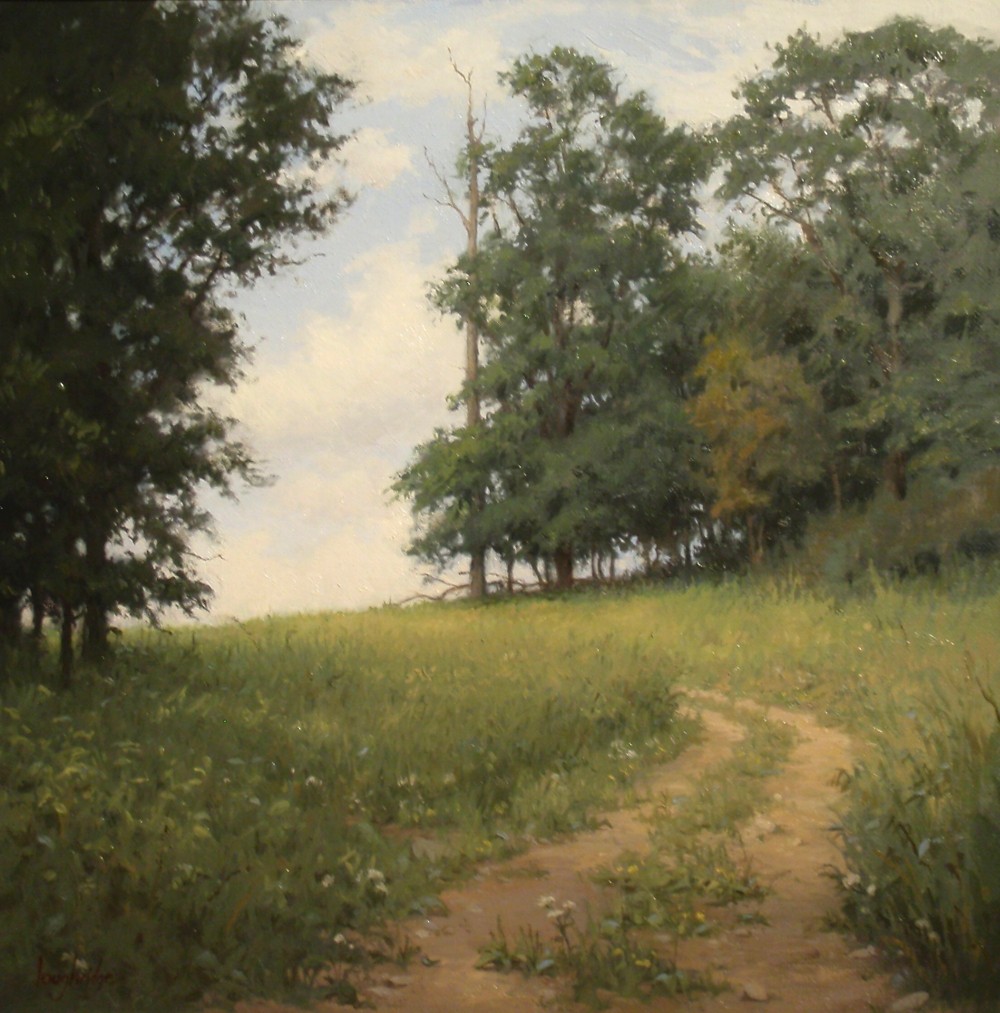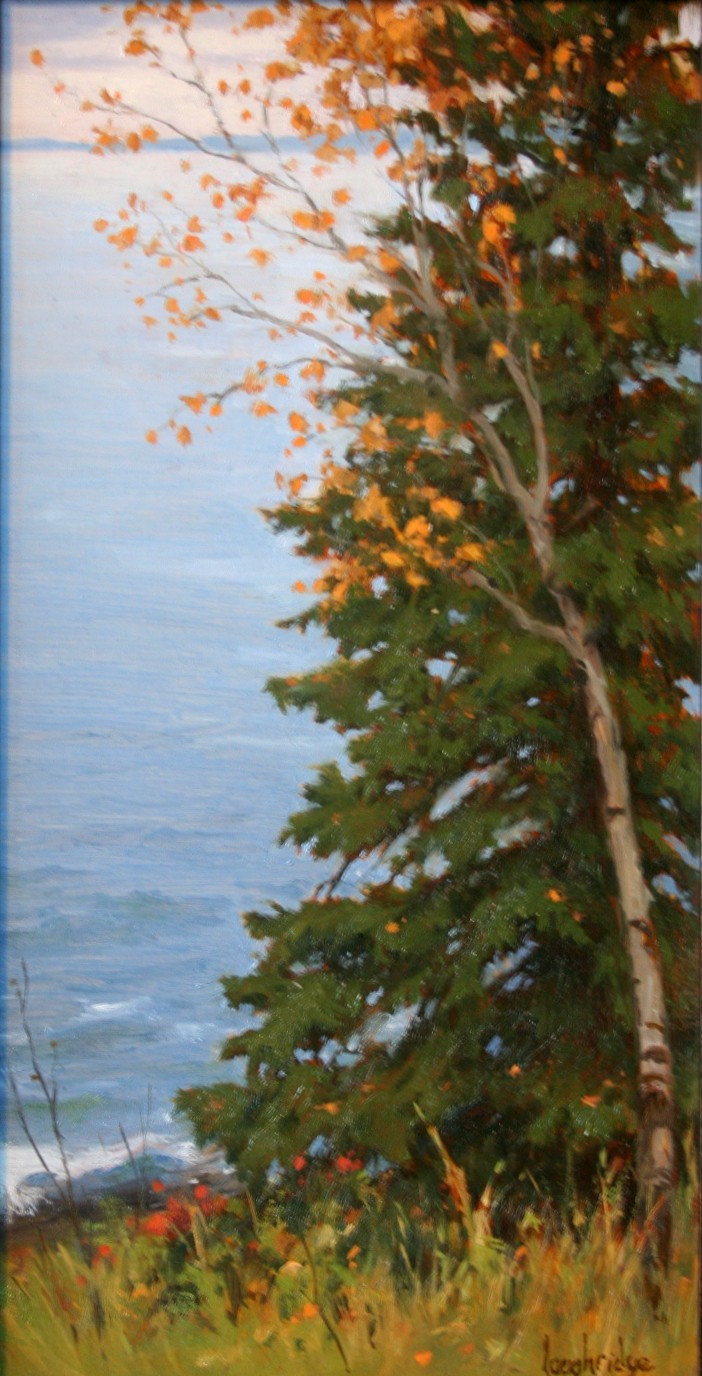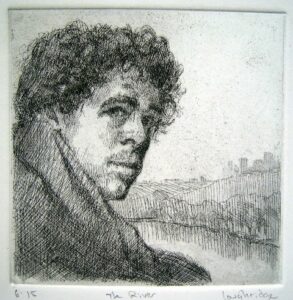 Today we’d like to introduce you to Stuart T. Loughridge.
Today we’d like to introduce you to Stuart T. Loughridge.
Hi Stuart, thanks for joining us today. We’d love for you to start by introducing yourself.
I am a painter, print maker, and framer, here in St. Paul, Minnesota. My father is an artist. Like many children, I enjoyed drawing and my father had nothing but encouragement and helpful advice on how to draw things, like faces, bodies, trees, and mountains. By high school, I carried a sketchbook which kept me drawing and improving my skills. After high school, I bummed around the Rocky Mountains for a few years, but in the summer of 1999, I was urged to attend the Atelier in Minneapolis, a two-week life drawing class in an academic setting.
I was suspicious, but I wanted to take the road trip. I knew nothing of Minnesota. I was immediately impressed with the water and geography of the Mississippi River Valley. I began my summer course and after the first day of class I felt a shift in my destiny, and I knew I had found my course in the upcoming years of my life – I was going to draw in an academic setting. After a few days, the professor offered me a full-time spot in the school, which was only twelve students. I accepted and began my training in the Autumn of 1999. I have been making my living selling my artwork since 2003, and a full-time living on my artwork since 2006.
Would you say it’s been a smooth road, and if not what are some of the biggest challenges you’ve faced along the way?
From a young age, I knew well enough about art history that the path of an artist is like that of a weary, frugal traveler.
There has always been a side of me that is inflicted with doubt about the merits of my work, and fear of not painting well. But I have been gifted with an alternate side that possesses a calm resolve which knows that my artwork is good enough to make a living, and an unfailing intuition on where to go, what to do, and places to avoid.
Tuition costs at the Atelier were quite low in comparison with credited colleges. I left my schooling/training with skills to make a living and no debt. To live off my art I had to reduce my overhead as much as possible, and I had no trouble sacrificing anything in the way of my goals: getting rid of my vehicle, being a pedestrian, living and working in a small studio, hiking to the laundromat, standing in food lines, working odd jobs, for long distances taking the Greyhound – cramped, slow and cheap – rather than flying. I just settled into an extremely frugal way of living and developed a rich interior life. I am suited so well to the artist’s life. I never really minded the worry of where the rent will come from.
As you know, we’re big fans of you and your work. For our readers who might not be as familiar what can you tell them about what you do?
I have a strong affinity for the working methods of the British Landscape artists of the late 18th and early 19th century, such as John Sell Cotman or Turner. Their methods are one of sketching outdoors and creating artwork indoors. My Plein air watercolor sketches are the seeds for my studio works. My archive of sketches is immense and never is there a failed sketch. All sketches spark an idea. Sketches are pinned to the boards in my studio. Once a sketch has my attention I will make numerous variations on the theme, using pencil and a variety of media. If I like these developments then I will settle on a format and a medium. If the medium is oil, I’ll prepare a substrate. If etching, the copper plate. If watercolor, decide upon a type of paper. If a serigraph then I begin the separation of color layers.
Then a long process begins of building a piece of art, which could take weeks and months, and sometimes years. If I am successful I will build a hand-crafted frame for the piece, like how Max Kuehn or the Prendergast Brothers went about it. I also do portraits and architectural themes. I take on portrait commissions and other odd requests. The molding for my hand-crafted frames is sourced from a second-generation mill based in Los Angeles, and they source their wood from within the American continent. Like a rebel, I avoid factories whenever possible. If you see one of my shows, you see a whole, hand-crafted aesthetic. It’s exhausting work.
We’re always looking for the lessons that can be learned in any situation, including tragic ones like the Covid-19 crisis. Are there any lessons you’ve learned that you can share?
Yes, my business model is robust. I don’t market much online, but rather make for a strong local presence, in person. I slowly but surely developed a real base of clientele and interest in my art over the course of twenty years.
In turn, when Covid hit, my sales stayed steady and even increased through the pandemic. So through the pandemic, I learned that my intuition was solid.
Pricing:
- My unframed etchings are anywhere from $25 – $300
- My hand-crafted frames are reasonably priced, but it’s cheaper to go to a factory-molding frame shop.
- My watercolors are the second tier of pricing at $300 – $1,000
- My oil paintings are the most expensive tier, starting at about $700
Contact Info:
- Website: www.stuartloughridge.com
- Instagram: @stuartloughridge
- Facebook: Stuart Loughridge
